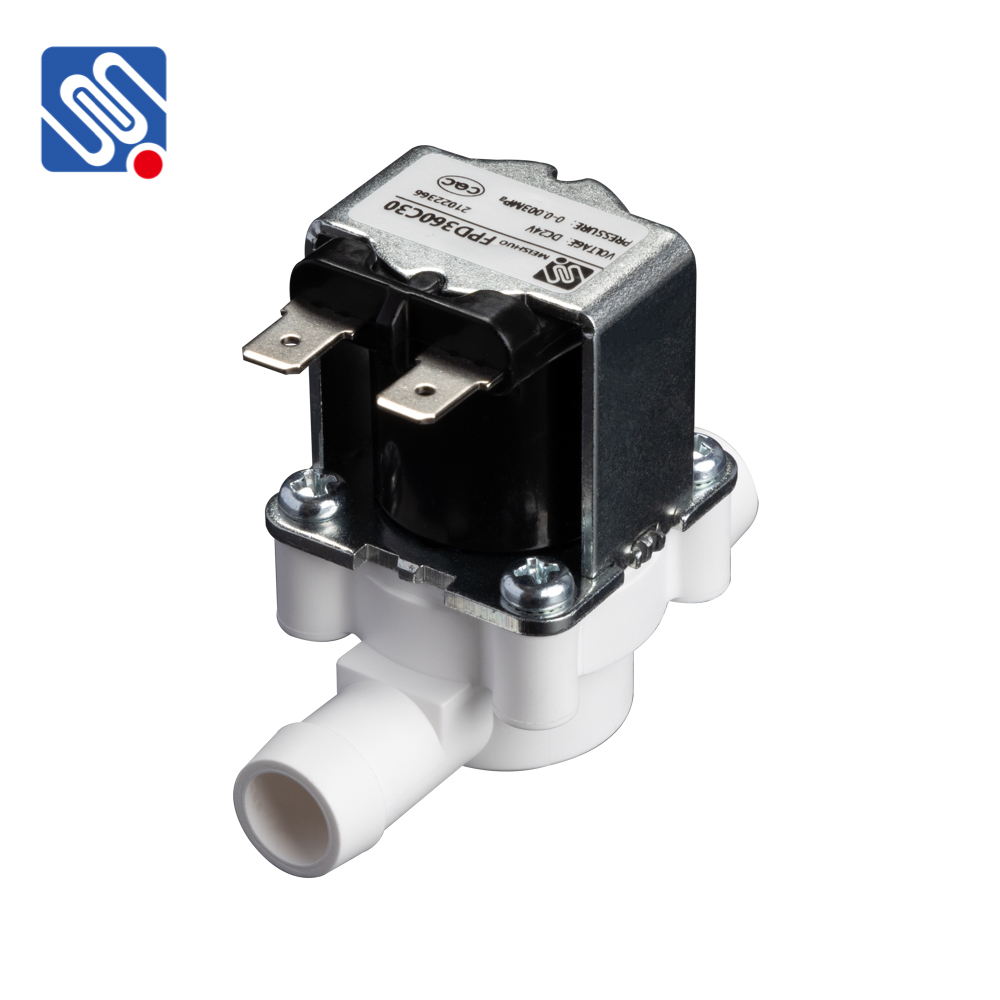understanding the low voltage solenoid valve: features, applications, and benefits
Release time:2025-04-28 14:16:01
A Low Voltage Solenoid Valve is an essential component in various industrial and commercial applications, providing efficient control of fluid and gas flow through a system. Unlike standard solenoid valves, which often operate on higher voltage levels, low voltage solenoid valves are designed to operate at a lower electrical voltage, typically ranging from 12V to 24V. This unique feature offers several advantages in terms of safety, energy consumption, and versatility, making them a preferred choice in numerous systems that require precise fluid or gas control.

What is a Low Voltage Solenoid Valve?
A solenoid valve is an electromechanical device that controls the flow of fluids or gases by using an electric current to produce a magnetic field. This magnetic field moves a plunger or piston within the valve, either opening or closing the flow path. In a low voltage solenoid valve, the coil inside the solenoid operates on a lower voltage, typically less than 24 volts, which can be DC (direct current) or AC (alternating current), depending on the system's requirements.
The lower voltage operation of these valves makes them ideal for use in applications where standard high-voltage solenoid valves could be hazardous or inefficient. With a lower operating voltage, these valves are generally safer and more energy-efficient, minimizing the risk of electrical hazards and reducing power consumption.

